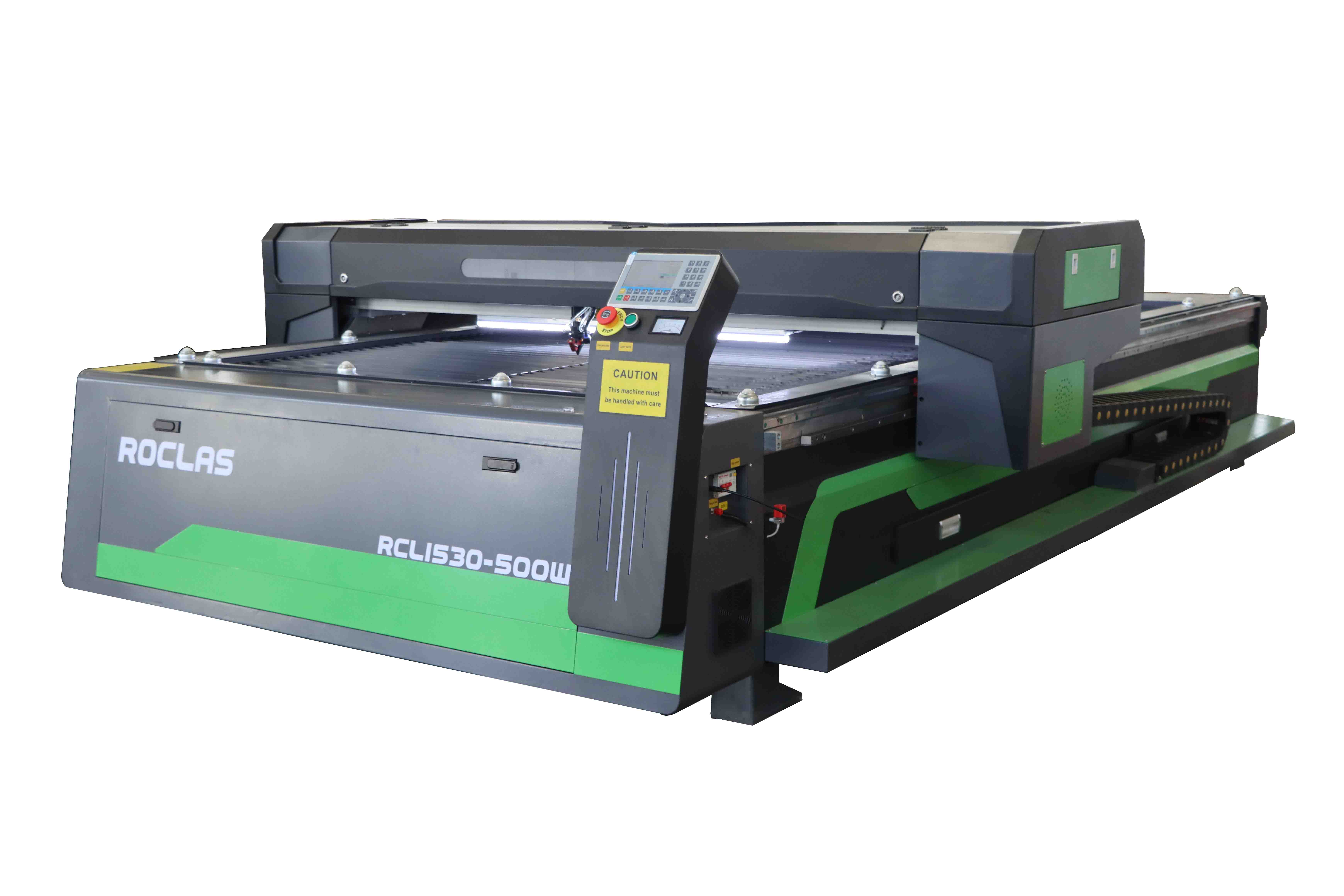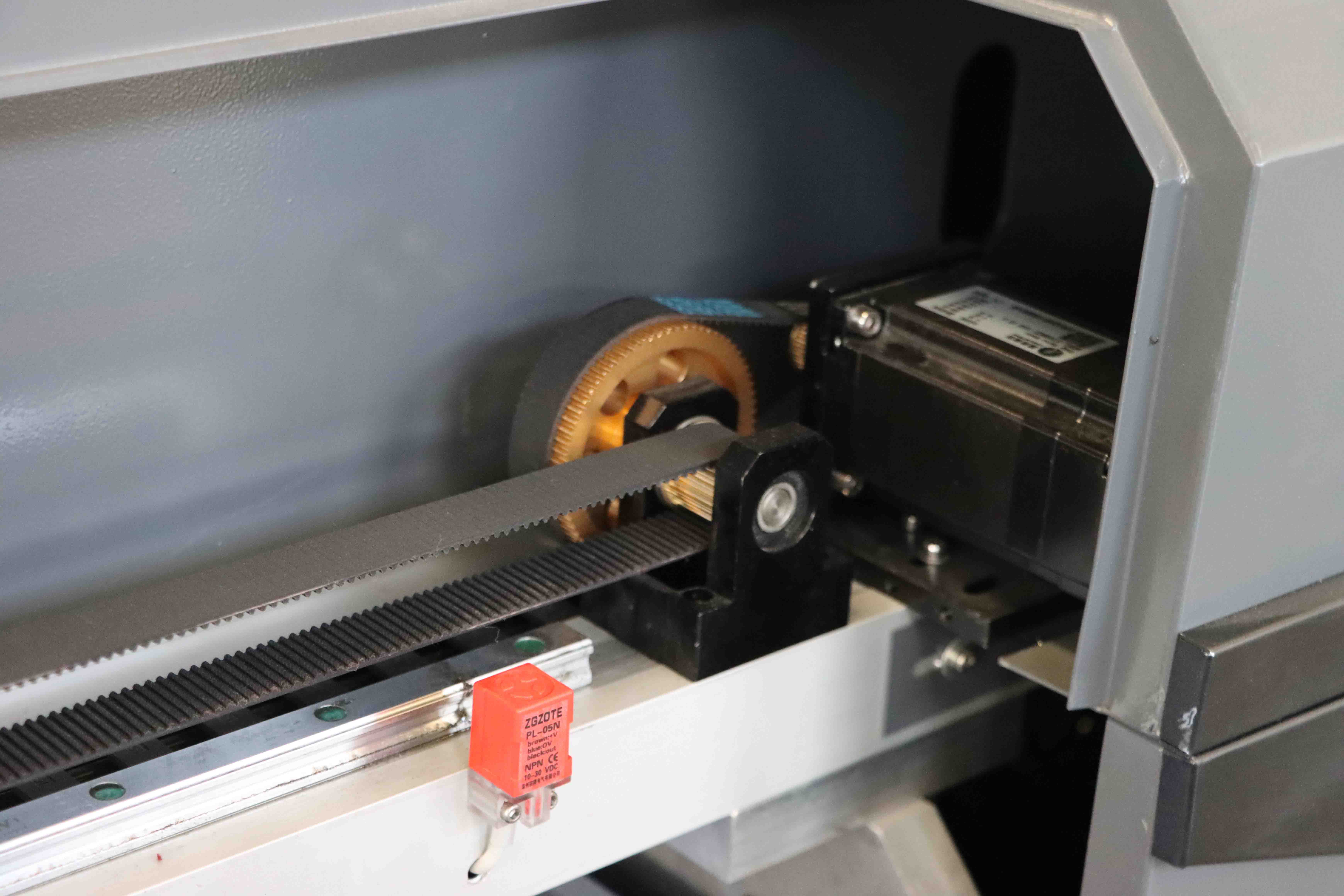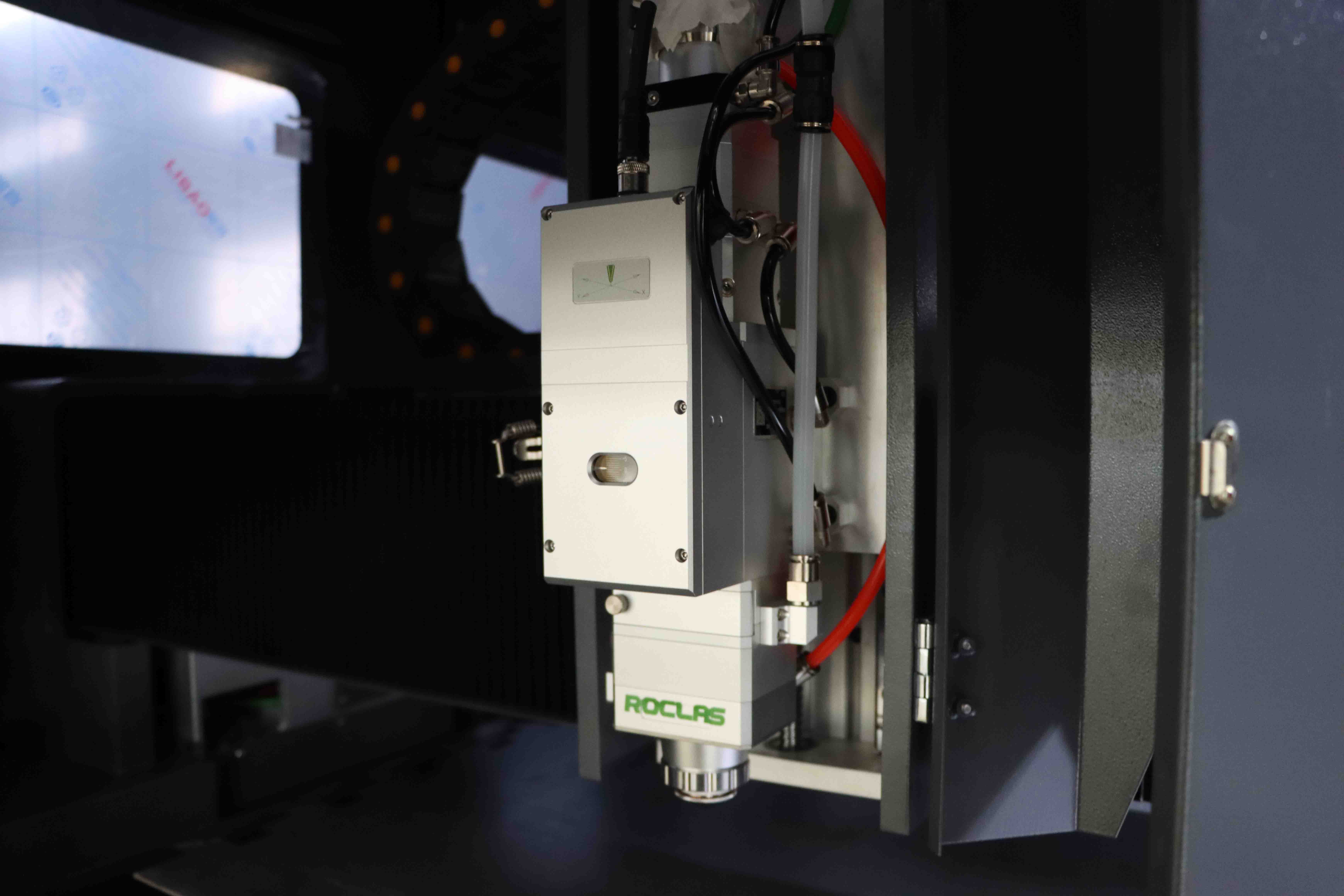Bevezetés
A fémgyártás világában a precizitás, a hatékonyság és a sokoldalúság kulcsfontosságú. Az acél lézervágó gépek megjelenése forradalmasította az iparágot, páratlan pontosságot és sebességet kínálva a különböző típusú acélok vágásában. Ez az átfogó útmutató bemutatja az acél lézervágó gépek bonyolultságát, feltárva azok technológiáját, alkalmazásait, előnyeit és megfontolásait a potenciális vásárlók számára.

Az acél lézervágó gépek megértése
1. Mi az az acél lézervágó gép?
Az acél lézervágó gép egy kifinomult berendezés, amely nagy teljesítményű lézersugarat használ az acél és más fémek kivételes pontosságához. Ezeket a gépeket széles körben használják olyan iparágakban, mint az autóipar, a repülőgép, az építőipar és a gyártás, ahol a precíz fémvágás elengedhetetlen.

2. How Does a Steel Laser Cutter Machine Work?
The operation of a steel laser cutter machine involves several key components

- Laser Source The heart of the machine, the laser source generates a concentrated beam of light. Common types include CO2 lasers, fiber lasers, and NdYAG lasers.
- Cutting Head The cutting head focuses the laser beam onto the steel surface, melting or vaporizing the material along the desired cutting path.
- CNC Controller A Computer Numerical Control (CNC) system guides the cutting head along the programmed path, ensuring accuracy and repeatability.
- Assist Gas An assist gas, such as oxygen or nitrogen, is often used to blow away molten material and improve cutting quality.
3. Types of Steel Laser Cutter Machines
There are several types of steel laser cutter machines, each suited to different applications
- CO2 Laser Cutters Ideal for cutting thicker steel plates, CO2 lasers are known for their versatility and ability to handle a wide range of materials.
- Fiber Laser Cutters Fiber lasers are highly efficient and precise, making them suitable for cutting thin to medium-thickness steel sheets.
- NdYAG Laser Cutters These lasers are used for high-precision cutting of thin steel sheets and are often employed in the electronics and medical industries.
Applications of Steel Laser Cutter Machines
1. Automotive Industry
In the automotive sector, steel laser cutter machines are used to fabricate intricate components such as body panels, chassis parts, and engine components. The precision and speed of laser cutting ensure that parts meet stringent quality standards.
2. Aerospace Industry
The aerospace industry demands high precision and reliability. Steel laser cutter machines are employed to create complex components for aircraft, including structural elements, engine parts, and landing gear components.
3. Construction Industry
In construction, steel laser cutter machines are used to fabricate structural steel components, such as beams, columns, and trusses. The ability to cut thick steel plates with precision ensures the structural integrity of buildings and bridges.
4. Manufacturing Industry
Manufacturers rely on steel laser cutter machines to produce a wide range of products, from machinery parts to consumer goods. The versatility of laser cutting allows for the creation of custom components with minimal waste.
Benefits of Steel Laser Cutter Machines
1. Precision and Accuracy
Steel laser cutter machines offer exceptional precision, with cutting tolerances as tight as ±0.1 mm. This level of accuracy ensures that parts fit together perfectly, reducing the need for additional machining.
2. Speed and Efficiency
Laser cutting is significantly faster than traditional cutting methods, such as plasma or waterjet cutting. This increased speed translates to higher productivity and shorter lead times.
3. Versatility
Steel laser cutter machines can handle a wide range of steel grades and thicknesses, making them suitable for diverse applications. Additionally, they can cut other materials, such as aluminum, stainless steel, and copper.
4. Minimal Material Waste
The precision of laser cutting minimizes material waste, reducing costs and environmental impact. Nesting software can optimize the placement of parts on a steel sheet, further reducing waste.
5. Reduced Maintenance
Compared to other cutting methods, steel laser cutter machines require less maintenance. The absence of physical cutting tools reduces wear and tear, leading to lower maintenance costs and downtime.
Considerations for Choosing a Steel Laser Cutter Machine
1. Power and Cutting Capacity
The power of the laser source determines the machine's cutting capacity. Higher power lasers can cut thicker steel plates, but they also consume more energy. It's essential to choose a machine that meets your specific cutting requirements.
2. Cutting Speed
Cutting speed is a critical factor in productivity. Faster machines can process more parts in less time, but they may come at a higher cost. Consider your production needs and budget when selecting a machine.
3. Machine Size and Workspace
The size of the steel laser cutter machine should align with your available workspace. Larger machines can handle bigger steel sheets, but they require more floor space. Ensure that your facility can accommodate the machine's dimensions.
4. Software and Control System
The CNC control system and software play a crucial role in the machine's performance. Look for user-friendly software with advanced features, such as nesting, CAD/CAM integration, and real-time monitoring.
5. Maintenance and Support
Consider the availability of maintenance services and technical support. A reliable supplier should offer training, spare parts, and prompt assistance in case of issues.
6. Cost and ROI
The initial investment in a steel laser cutter machine can be significant. Evaluate the machine's cost against its potential return on investment (ROI). Factors such as increased productivity, reduced material waste, and lower labor costs contribute to the ROI.
Future Trends in Steel Laser Cutting Technology
1. Automation and Robotics
The integration of automation and robotics into steel laser cutter machines is a growing trend. Automated loading and unloading systems, robotic arms, and conveyor systems enhance efficiency and reduce labor costs.
2. AI and Machine Learning
Artificial intelligence (AI) and machine learning are being applied to optimize cutting processes. AI algorithms can analyze cutting patterns, predict maintenance needs, and improve cutting efficiency.
3. Green Manufacturing
As environmental concerns grow, manufacturers are adopting green manufacturing practices. Steel laser cutter machines with energy-efficient designs and reduced emissions are becoming more prevalent.
4. Hybrid Machines
Hybrid machines that combine laser cutting with other processes, such as punching or bending, are gaining popularity. These machines offer greater flexibility and reduce the need for multiple pieces of equipment.
Conclusion
Steel laser cutter machines have transformed the metal fabrication industry, offering unmatched precision, speed, and versatility. Whether you're in the automotive, aerospace, construction, or manufacturing sector, investing in a steel laser cutter machine can significantly enhance your production capabilities. By understanding the technology, applications, benefits, and considerations, you can make an informed decision and choose the right machine for your needs. As the industry continues to evolve, staying abreast of emerging trends will ensure that your business remains competitive in the ever-changing landscape of metal fabrication.
Függetlenül attól, hogy általános tanácsra vagy konkrét támogatásra van szüksége, örömmel segítünk Önnek.